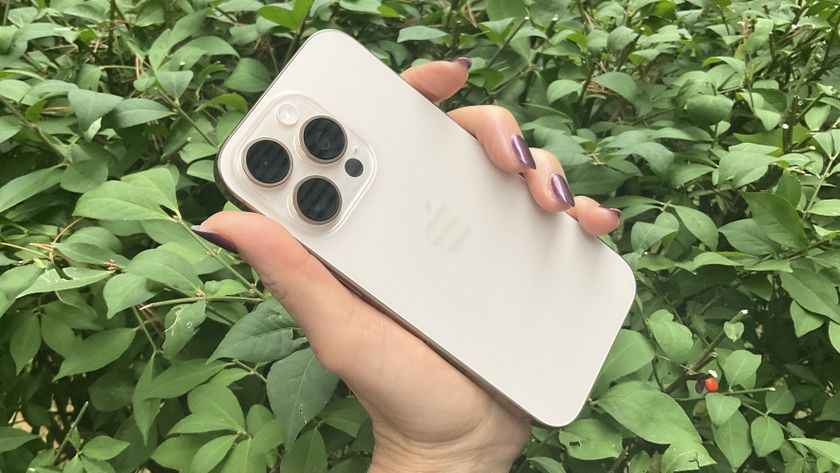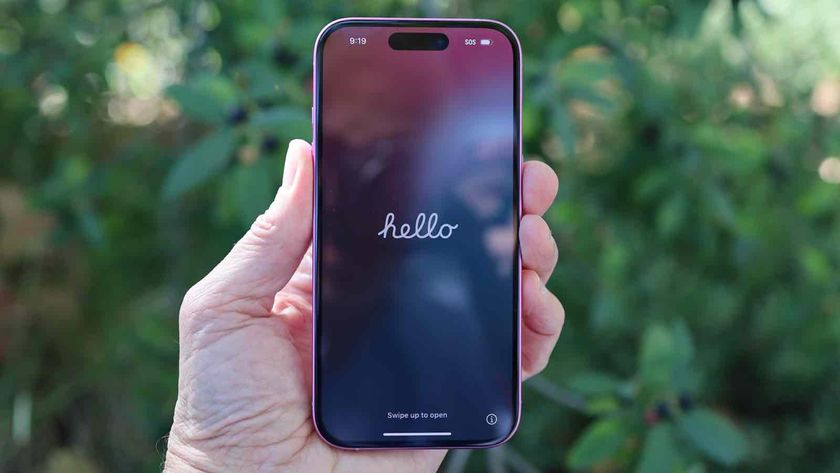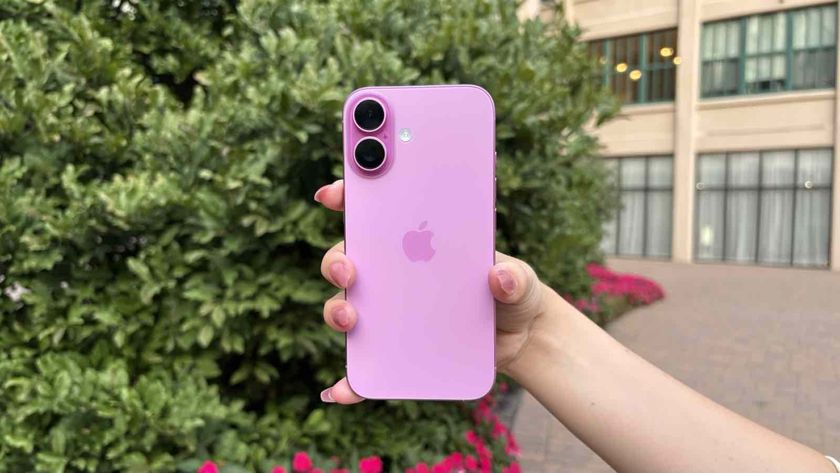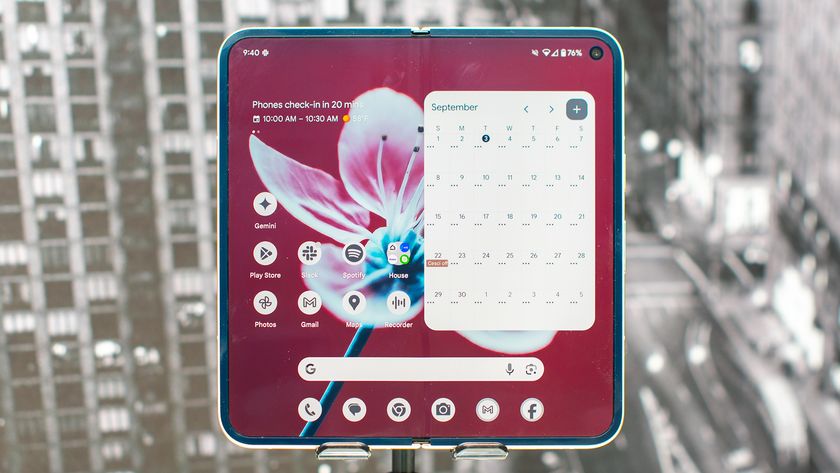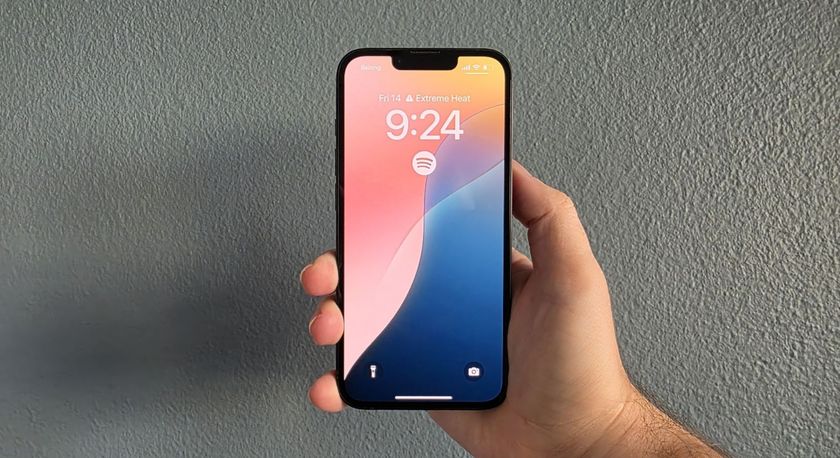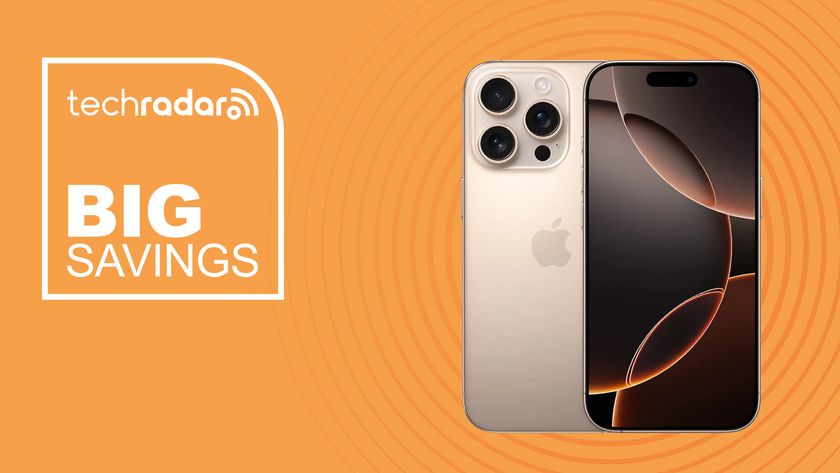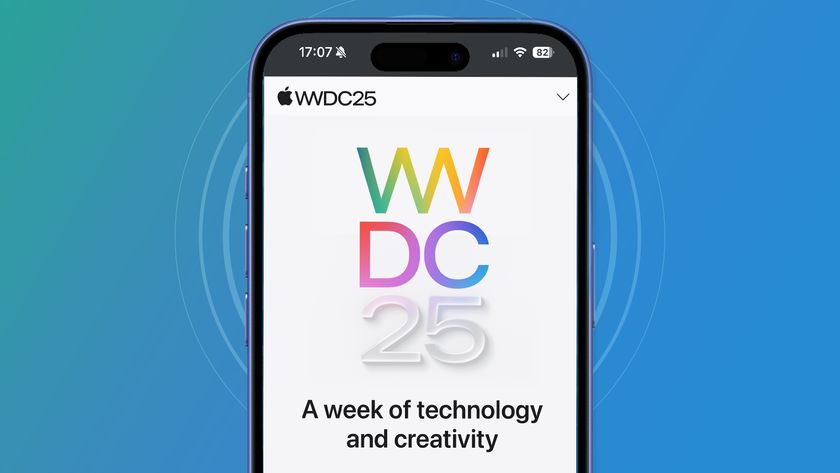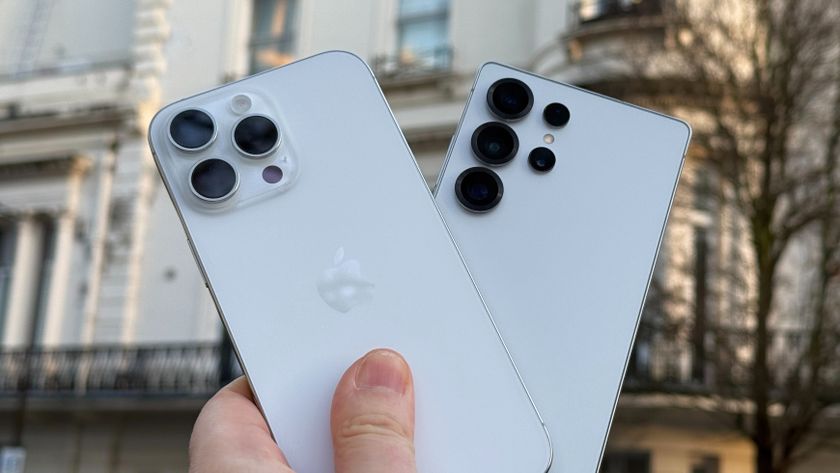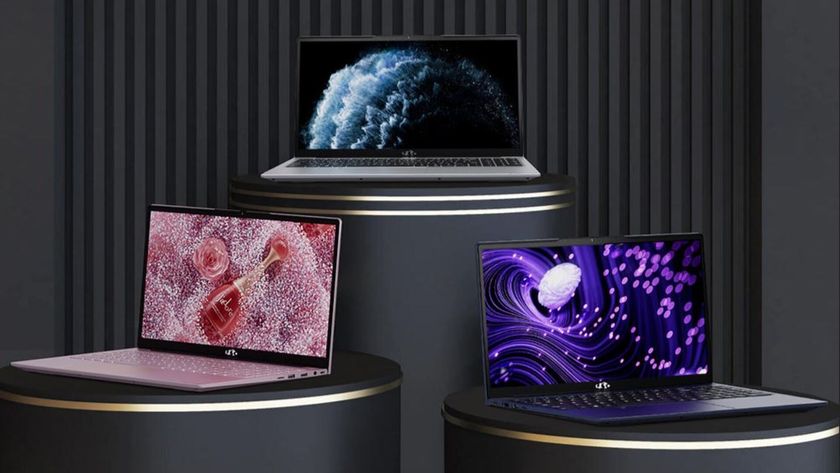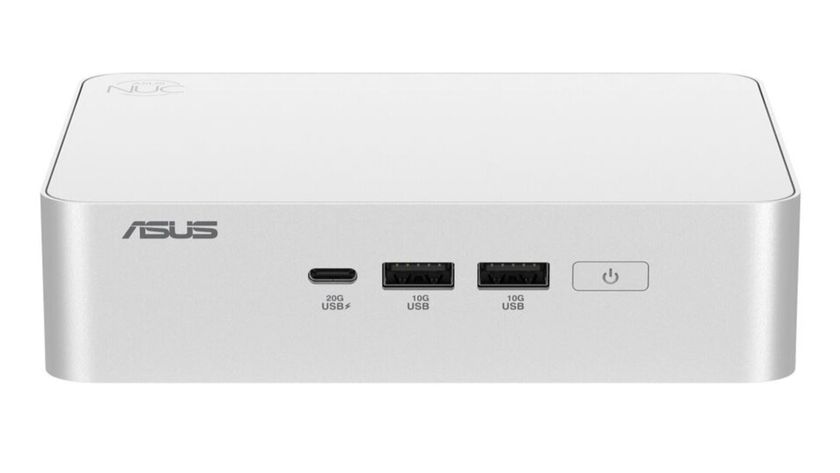iPhone sales are flat leading up to the iPhone 8
Everyone is waiting for the new iPhone

Apple has announced its financial results for the second fiscal quarter of 2017, and with revenue of over $52.9 billion, the tech giant is clearly doing fine.
iPhone, however, is another matter, though there's no reason for Apple to worry just yet, especially as the company inches ever closer to its biggest product launch of the year – the iPhone 8.
But before we get there, here are the Q2 2017 figures: Apple sold 50.8 million iPhones, which CEO Tim Cook said was in line with internal expectations. This is, however, below the 52 million smartphones Wall Street expected the tech giant to sell in the quarter ending on April 1.
Apple reported iPhone sales were down 1% from the same quarter last year (Q2 2016), when the company sold 51.1 million phones. Essentially, iPhone sales are flat year-on-year. One factor that hurt iPhone sales was supply constraints, particularly around the iPhone 7 Plus, Cook said.
The sales drop was far more dramatic from the quarter previous at 35%, though this isn't as shocking as it seems at first blush. The first quarter encompasses the holiday shopping period, when the newest model iPhones fly off of store shelves. It is traditionally Apple's strongest quarter, by a lot.
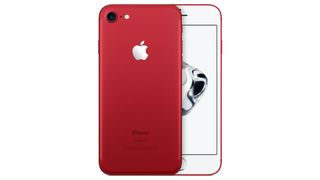
Apple put an optimistic spin on Q2's just-below-expectations sales. The company continues to see "robust demand for the iPhone 7 Plus," a model Cook said customers gravitated towards much more so than the standard iPhone 7. The company also saw "great customer response" to the iPhone 7 (PRODUCT)RED Special Edition models launched in March.
Of course, all of this is in the lead up to the iPhone 8, a massive product for Apple as it marks 10 years of iPhone. Customers who haven't purchased the iPhone 7 or 7 Plus are holding off until Apple's next smartphone goes on sale, something Cook said on the company's earnings call when asked about a research survey that found a nine-year low in iPhone purchase intent and a declining retention rate in the US.
Get daily insight, inspiration and deals in your inbox
Sign up for breaking news, reviews, opinion, top tech deals, and more.
"In general, what we are seeing, we're seeing what we believe to be a pause in purchases on iPhone, which we believe are due to the earlier and much more frequent reports about future iPhone," Cook said. "And so that part is clearly going on, and it could be what's behind the data. I don't know, but we are seeing that in full transparency."
Sales in Q3 2017 will no doubt be even lower as smartphone shoppers wait for the new iPhone.
This "pause" of purchases could set Apple up for a monster Q1 2018, especially if the iPhone 8 is as innovative as reports suggest. With new features like wireless charging, a glass back, vertically stacked dual cameras, augmented reality capabilities and a curved screen all rumored for the new handset, Apple could quickly get back to breaking sales records.
iPad, Apple Watch, Macs and more
As for Apple's other products, here's how they fared in Q2 2017:
- iPad sales were down 13% year-on-year, and down 32% from the previous quarter, selling 8.9 million units. This continues a trend of slumping slate sales for Apple, though the company touted third-party metrics that place iPad as the most popular tablet on the market. We'll have to wait until next quarter's earnings to see if the New iPad has had a positive impact on the tablet's sales performance.
- Apple Watch sales nearly doubled year-over-year, Cook said, but the company still refuses to break out sales numbers for its wearable. The device's hold as the best selling smartwatch on the market is strong, however, and that will likely continue if and when Apple introduces the Apple Watch 3.
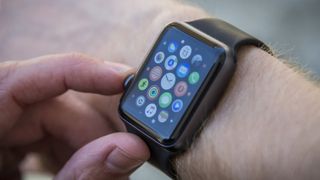
- Mac had a decent quarter, with sales up 4% from Q2 2016 for a total of nearly 4.2 million units. Apple is working on new Mac Pros and iMacs for this year and next, which *should* help the category regain some of its lost momentum.
- Apple is seeing high demand for its wireless AirPods – so high, in fact, that Cook admitted "demand significantly exceeds supply." This isn't great if you're hoping to purchase a pair of your own, but it's a good sign for Apple that its first foray into wireless headphones wasn't a flop. We'll likely see newer and cheaper earbuds follow in AirPods footsteps' before long.
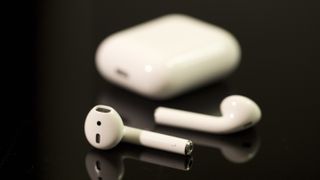
- Services got a special shout out in the earnings report, as the category brought in its highest revenue in a 13-week quarter ever with $7 billion. Services encompasses Apple Pay, iCloud, Apple Music, iTunes, the App Store and other online services, and it's an area of increasing importance as Apple looks for new ways to generate cash flow.
- Breaking Services down even further, the App Store saw 40% revenue growth year-over-year, Cook said, setting an all-time quarterly record.
- Apple Music and iCloud storage, meanwhile, had double-digit revenue growth.
- Last but not least, there was no mention of the Siri Speaker in today's report or call. The AI-powered product is rumored to be unveiled at next month's WWDC 2017 conference. We only bring it up to say that Apple is keeping its lips firmly sealed on any smart speaker it might be working on, but as some of its bread-and-butter product sales stall, the chances that Apple looks to brand-new devices for jump-start only get greater.
Michelle was previously a news editor at TechRadar, leading consumer tech news and reviews. Michelle is now a Content Strategist at Facebook. A versatile, highly effective content writer and skilled editor with a keen eye for detail, Michelle is a collaborative problem solver and covered everything from smartwatches and microprocessors to VR and self-driving cars.
